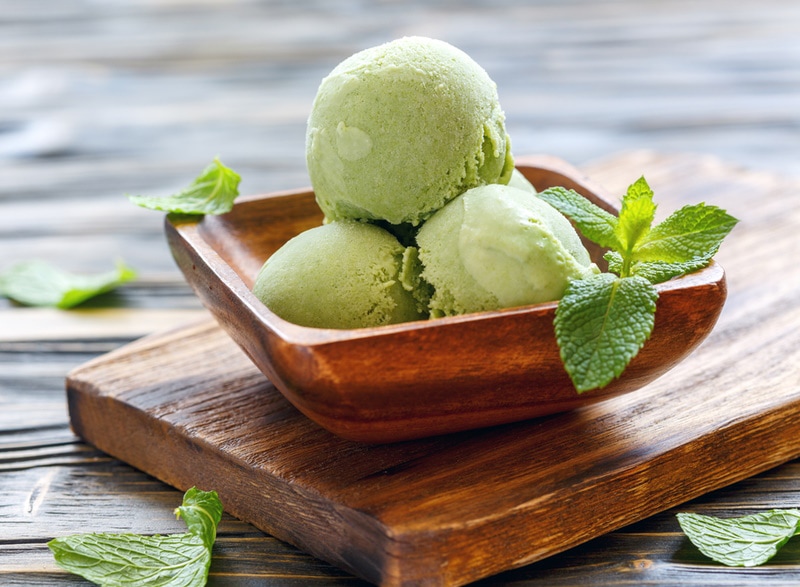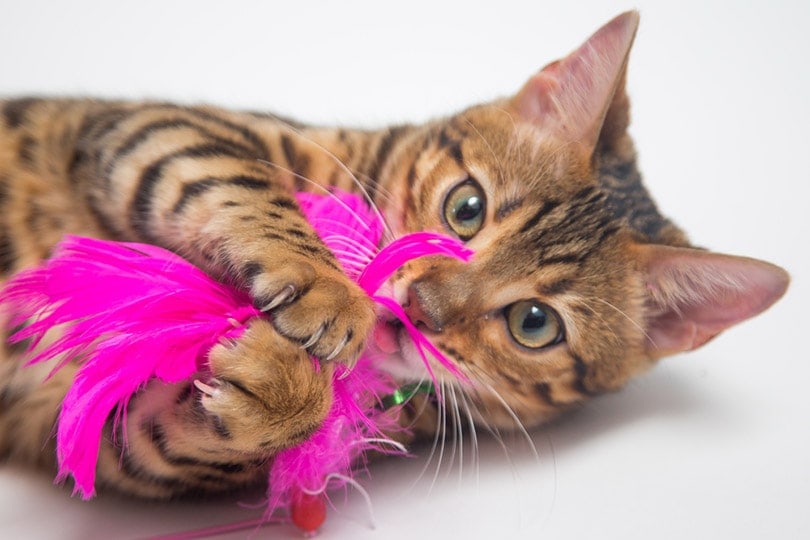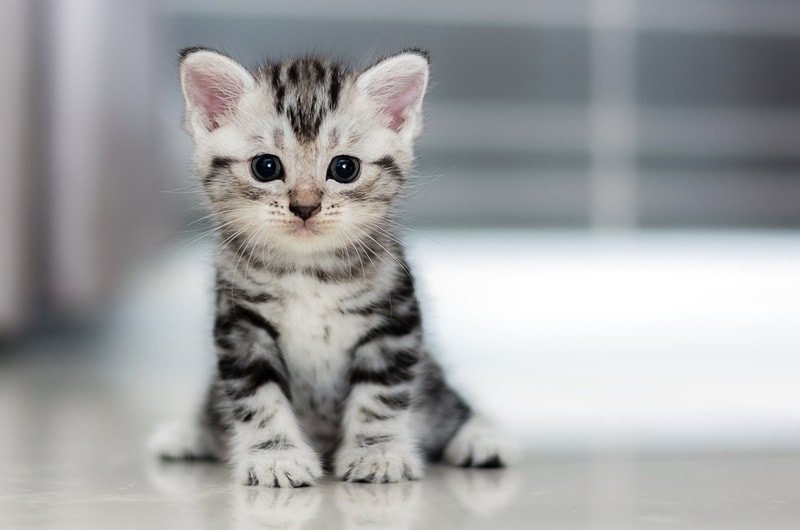Turkish Angora Cat Grooming: Vet-Approved Step-by-Step Guide

Updated on
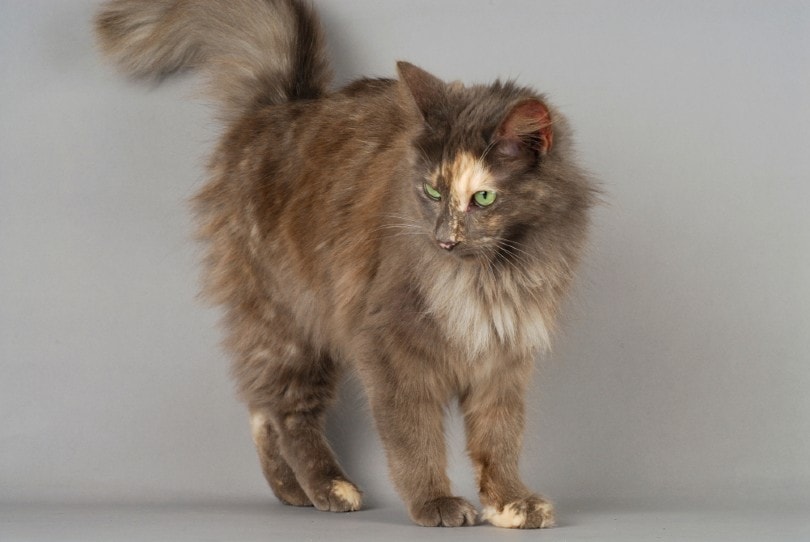
Turkish Angora cats are a beautiful, elegant breed known for their long, silky fur and slender build. Though they may look delicate, these cats are quite hardy and can make great pets for families with children and other pets. Turkish Angoras used to be considered purely white cats with blue or green eyes, but today, they come in a variety of colors and patterns, including tabby, calico, and tortoiseshell.
Regardless of their coat color or pattern, all Turkish Angoras need regular grooming to stay healthy and comfortable. If you’re planning on adding one of these lovely cats to your family, you need to understand the unique qualities of their fur, how that affects their grooming needs, and what you’ll need to do to keep them looking and feeling their best.
What Tools Do You Need to Groom a Turkish Angora?
- Brush: A quality brush is a must for any long-haired breed. Look for a brush with soft, flexible bristles that won’t scratch or irritate your cat’s skin. A slicker brush or a grooming rake is a good choice.
- Comb: In addition to a brush, you’ll also need a wide-toothed comb to remove tangles and mats.
- Nail Trimmers: Turkish Angoras need their nails trimmed every few weeks. Look for a quality pair of trimmers that will make clean, precise cuts. Some trimmers even have a guard to help prevent you from cutting too deeply.
- Ear Cleaner: To keep your Turkish Angora cat’s ears clean and healthy, you’ll need a gentle ear cleaner and some cotton balls.
- Shampoo: When it’s time for a bath, use a mild, cat-safe shampoo. Never use human shampoo, as it can be too harsh for your cat’s delicate skin and fur.
- Conditioner: A conditioner is optional, but it can help keep your Turkish Angora’s fur soft and healthy.
- Waterless Shampoo: If you don’t want to give your cat a full bath, you can use a waterless shampoo. This is a good option for cats who don’t like water or for those who only need a light cleaning.
- Cat Treats: These are optional but highly recommended, and we’re sure your cat will agree, too. Having some treats on hand will make grooming a more positive experience for both of you.
How to Groom a Turkish Angora Cat in 8 Steps
1. Check Your Cat’s Coat
Don’t start brushing immediately. First, look over your cat’s coat to see the state it’s in. Pay attention to any areas that seem tangled, matted, dirty, or oily. These areas will need special care when you start brushing.
2. Begin Brushing
Once you’ve identified any problem areas, you can start brushing your cat’s fur. Use long, slow strokes, and be gentle so you don’t scratch or irritate their skin. Start with the head and work your way down the body. Be sure to brush all the way down to the skin, as this will help remove any dead hair that’s close to the root.
Don’t forget to brush their tail. Some cats don’t like having their tail brushed, but it’s important to include this area in your grooming routine. The long fur on a Turkish Angora’s tail is especially prone to tangles and mats.
3. Detangle
After you’ve brushed your cat’s fur, you’ll need to detangle any areas that are still matted. To do this, use a wide-toothed comb and work through the mats carefully.
If you come across a particularly stubborn mat, you can try using a de-matting comb. These combs have sharp teeth that can help break up the mats. Just be careful not to pull too hard, as this can hurt your cat. When you think you’ve taken out all the tangles, brush them again to be sure.
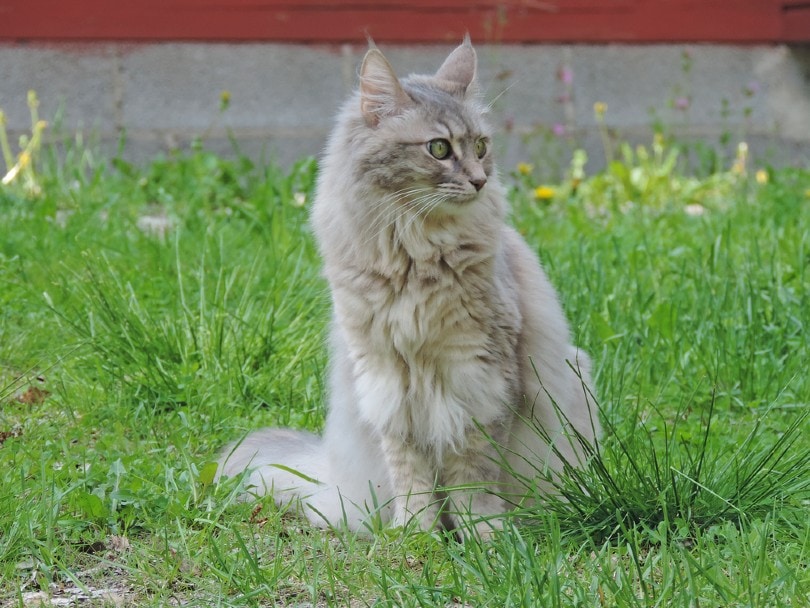
4. Trim Their Nails
Even if you have scratch posts in your home, your Turkish Angora will still need their nails trimmed every few weeks. This helps keep their nails healthy and prevents them from scratching furniture or people.
Let’s talk about the “quick” really quickly. The quick is the pink part of your cat’s nail that contains blood vessels and nerves. You want to avoid cutting into the quick, as this will cause pain and bleeding.
To trim your cat’s nails, start by looking at the nails from the top. You’ll be able to see where the quick starts and stops. If you’re not sure, it’s better to err on the side of caution and trim less off the nail.
Use sharp nail trimmers to make a clean cut at the base of the nail. Don’t forget to trim the dewclaws—the nails on the inside of your cat’s paws—as these can also get long and sharp.
5. Clean Their Ears
Cats constantly groom themselves, so their ears are usually clean. However, it’s still a good idea to include them in your grooming routine, so you can spot signs of trouble like ear mites or infection.
To clean your cat’s ears, start by wetting a cotton ball with ear cleaner. Gently wipe the inside of the ear, being careful not to go too deep. You should only clean the parts of the ear that you can see.
After you’ve wiped the inside of the ear, use a dry cotton ball to remove any excess cleaner.
6. Wipe Around the Eyes
Cats often get tear stains under their eyes. These stains can be caused by several things, including allergies, eye irritation, or even just genetics.
To clean your cat’s tear stains, wet a cotton ball with warm water and gently wipe the area around their eyes. You can also use a cloth dampened with a commercial tear-stain remover.
Be sure to avoid getting any of these solutions in your cat’s eyes, as they can be irritating. If you notice any redness or irritation after cleaning, stop using the solution and consult your vet.
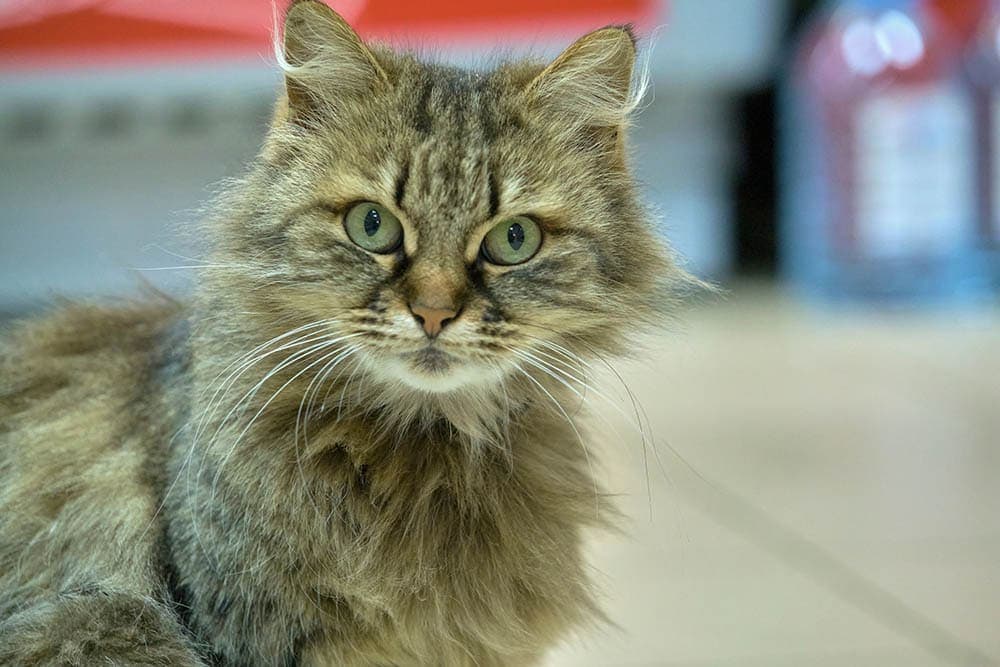
7. Give Them a Bath (Optional)
Turkish Angoras only need a bath every few months, depending on how dirty their fur gets. Senior cats and those with health problems may not be able to groom their fur properly anymore and may need more frequent baths.
We recommend brushing your Turkish Angora and getting the tangles out before getting them wet. Otherwise, any tangles or mats present will get more knotted up when wet.
To start, fill the sink or bathtub with a few inches of lukewarm water. Put a rubber mat in the bottom to prevent your cat from slipping. Gently lower your cat into the water and wet their fur completely.
Next, apply a generous amount of cat shampoo to their fur and work it in with your hands. Avoid getting any shampoo in their eyes, nose, or mouth. Once the coat is thoroughly lathered, rinse the shampoo out completely. If you’re using conditioner, apply it now and let it sit for a few minutes before rinsing it out. Give your cat a nice massage in the meantime.
After the bath, gently squeeze the excess water from their fur and wrap them in a towel. You can also use a hairdryer on the low setting to help speed up the drying process. Just be sure not to hold it too close to their skin or fur.
8. Take Them to the Groomer (Optional)
Turkish Angoras with long coats may need to have their fur trimmed periodically. This gets rid of dead fur and further prevents mats and tangles from forming. It also helps keep the coat looking clean and healthy.
Unless you have experience trimming fur, we recommend taking your cat to a professional groomer. This will ensure that the job is done properly and safely, and, most importantly, keeps your arms scratch-free.
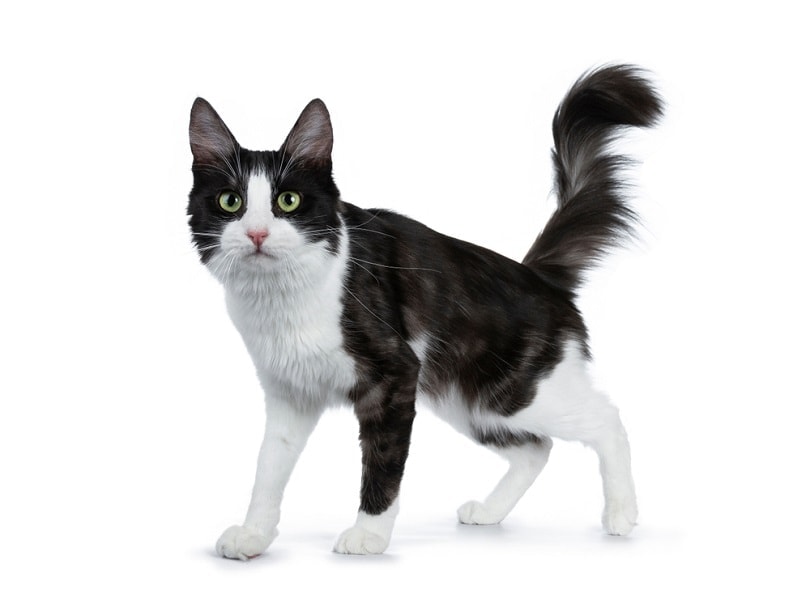
Turkish Angora Cats: Fur Type and Shedding Level
The long and luscious coats of Turkish Angoras look like they would require a lot of upkeep. In reality, these cats are relatively low maintenance when it comes to grooming. That’s because they have a single coat of fur rather than the double coats sported by breeds like Persians and Maine Coons. This means they usually don’t have an undercoat, which reduces the amount of shedding, tangling, and matting, and eliminates the need for as much brushing. Some Turkish Angora have a thin undercoat.
However, Turkish Angoras do shed more during certain seasons and periods of life. For example, they’ll usually shed more during the spring and fall as their bodies adjust to the changing temperature and sunlight levels. Kittens and adolescent cats tend to shed more than adults because their coats are still growing in and filling out.
In other words, while Turkish Angoras aren’t high maintenance when it comes to grooming, they still need some regular attention to keep their fur looking its best.
How Often Should You Groom a Turkish Angora?
Despite their relatively low-maintenance fur, Turkish Angoras still need to be brushed at least twice a week to remove dead hair and prevent tangles and mats. If your cat is shedding more heavily during certain seasons or life stages, you may need to brush them more often, up to daily.
Brushing a Turkish Angora’s fur does more than just remove tangles and dead hair. It stimulates the skin, which helps distribute natural oils evenly through the coat. This keeps the fur healthy, shiny, and soft.
It also helps cut down on static electricity, which can be a problem with long-haired breeds. Finally, it’s a great way to bond with your cat while getting them used to being handled at the same time.
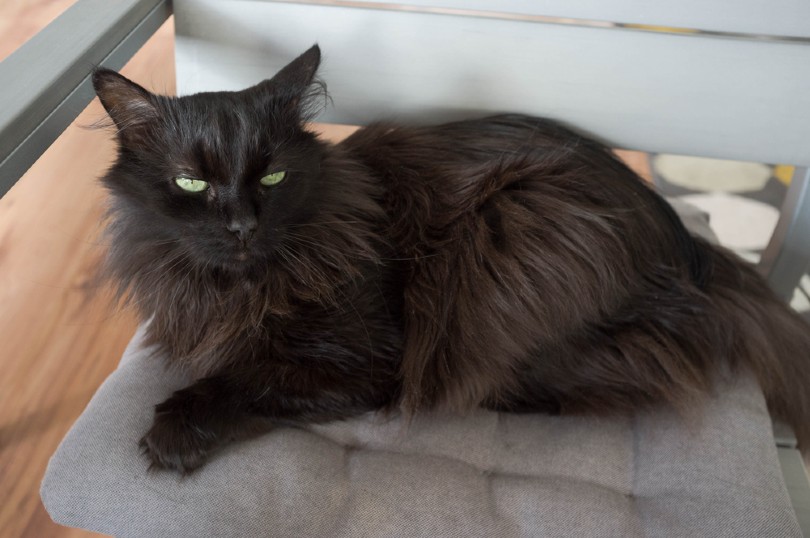
More Tips on Keeping a Turkish Angora’s Coat Healthy
Regular grooming is just one part of keeping your Turkish Angora’s coat healthy, shiny, and beautiful. Here are a few more tips to keep in mind:
Feed Them a Healthy Diet
What a cat eats will show on their fur. A low-quality diet filled with fillers and artificial ingredients will produce dull, dry fur. A healthy diet packed with nutrients, on the other hand, will lead to a lustrous coat.
When buying cat food, look for ingredients like meat, fish, and poultry. Coat-friendly vitamins and fatty acids like omega-3s, salmon oil, and vitamin E are also great for promoting a healthy coat. Just be sure to talk to your vet before making any changes to your cat’s diet.
Offer Plenty of Water
Hydration is another essential part of keeping your Turkish Angora’s coat healthy. Dehydration will cause their coat and skin to become dry and brittle, so make sure your cat always has access to fresh water.
If you’re worried that your cat isn’t drinking enough, try adding a little bit of water to their food. You can also get a cat water fountain to encourage them to drink more.
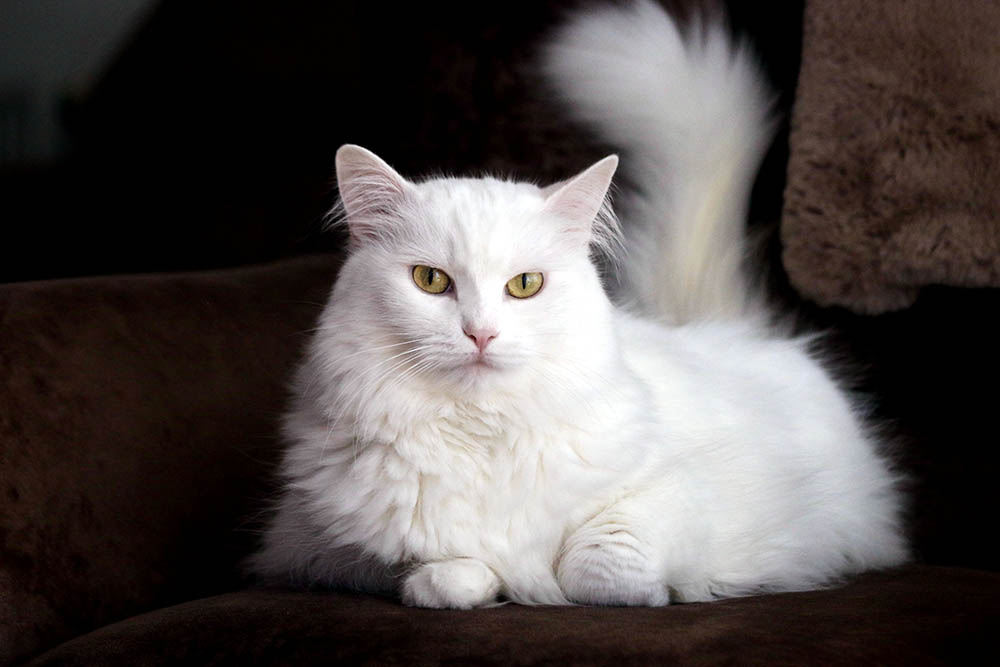
Supplement Diets With Omega-3s
If you want to give your cat’s coat an extra boost, consider supplementing their diet with omega-3s. These fatty acids are amazing for promoting a healthy coat, and they have a host of other health benefits as well.
You can give your cat omega-3s in the form of fish oil, just add it to their food. You can also use a salmon-flavored omega-3 supplement, which most cats love. There are also tons of cat treats and foods that contain omega-3s, so look for those as well.
Eliminate Environmental Stressors
The state of a cat’s fur says a lot about their mental state. If your cat is constantly licking, scratching, or pulling out their fur, it’s a sign that they’re stressed out.
There are a lot of things that can cause stress in cats, so it’s important to try and identify the source. Common stressors include changes in the household, a new pet or baby, lack of social interaction, and even loud noises.
Once you’ve identified the source of the stress, do what you can to remove it from their environment. If you can’t remove the stressor, try to find ways to help your cat cope, such as using a calming collar, pheromone diffusers, or vet-recommended anxiety medication.
Shower Them With Love and Affection
Happy cats are more likely to have healthy coats, and nothing makes a Turkish Angora happier than plenty of love and affection from their humans. So, play with your cat, pet them often, and just spend time together. They’ll love you for it, and their coat will thank you as well.
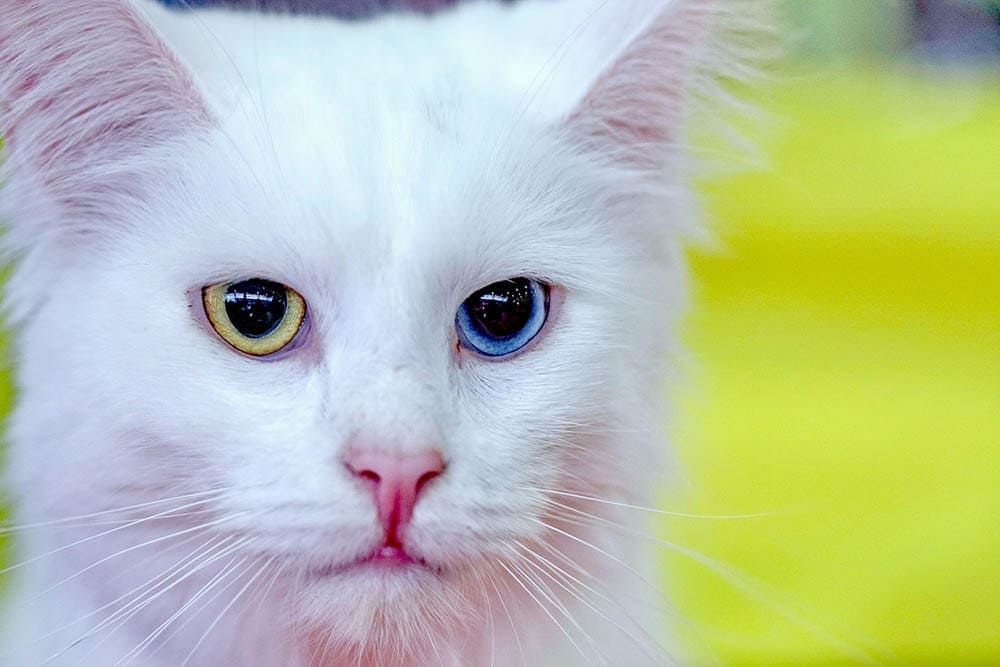
Wrapping It Up
Welcoming a Turkish Angora cat into your home is going to bring so much joy and love into your life. They’re as intelligent and friendly as they are beautiful. But as with any long-haired cat, they do require a little more care and attention when it comes to their coat.
By following the tips in this article, you can help keep your Turkish Angora’s coat healthy, shiny, and beautiful for years to come.
- Related Read: How to Shave a Cat’s Bum: 7 Vet-Approved Steps
Featured Image Credit: COULANGES, Shutterstock



